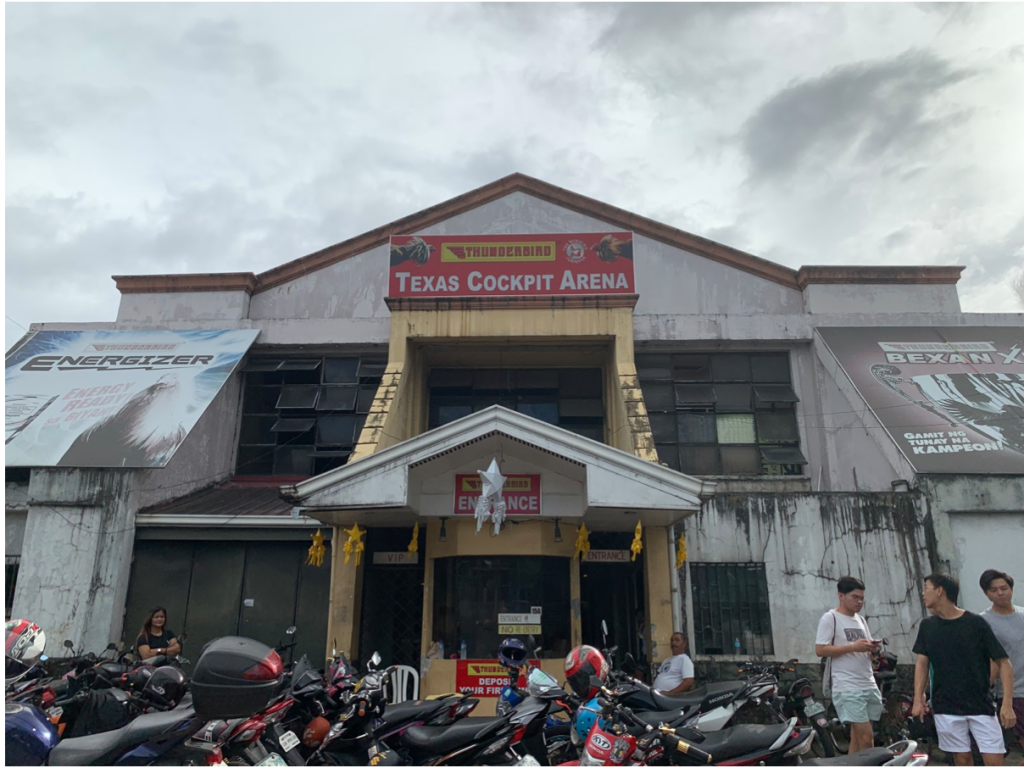Table of Contents
Where Tradition, Tension, and Testosterone Collide
Sabungan in the rural corners of the Philippines, amidst rice fields and narrow dirt roads, lies a world pulsating with noise, strategy, and anticipation — the barangay sabungan, or local cockfighting pit. Far from the gleaming arenas of urban centers, these cockpits are the heartbeat of provincial communities, blending cultural heritage with gritty competition.
This article takes you deep inside the cockfighting culture of the provinces, exploring its history, dynamics, rituals, and relevance in today’s rapidly changing landscape.

What Is a Barangay Sabungan?
A barangay sabungan is a local cockfighting arena typically located within or near small towns and villages across the Philippines. Unlike large city-based cockpits that operate with commercial permits and regulation, barangay sabungans are often community-run, semi-formal spaces — a fusion of tradition and grassroots entertainment.
Common Features of a Provincial Cockpit:
- Circular or oval dirt rings, often with makeshift bleachers
- Crowds of local bettors shouting odds (laban or meron)
- Kristo (bet callers), handlers, and referees (sentensyador)
- Events usually held on weekends or fiesta days
The Cultural and Historical Roots of Sabong
Cockfighting in the Philippines dates back to pre-colonial times, often associated with tribal rituals and rites of passage. The Spanish colonizers legalized and institutionalized sabong, using it as a tool for taxation and social control.
In the provinces, sabong evolved into a ritual of masculinity, strategy, and status. It became a weekly gathering point — part sport, part spectacle, and part social glue.
Why Sabong Thrives in the Provinces:
- Strong community ties
- Limited formal entertainment options
- Deep cultural respect for tradition and “ari-arian” (fighting cocks)
How Spanish Colonization Helped Formalize Filipino Cockfighting Traditions
A Day Inside the Sabungan: What to Expect
Stepping into a provincial cockpit is like entering another dimension — the energy is electric, the stakes are personal, and the rules are unwritten but strictly followed.
1. Early Morning Preparations
- Owners arrive with their prized roosters, often bred for months in backyard farms
- Handlers (soltador) check weight classes, tie blades (tari), and warm up the birds
- Friendly banter and tsismis fill the air
2. Match Rituals and Betting
- Fights begin with an introduction of the roosters — often announced by local emcees
- Bettors call odds using hand signals through the kristo, forming a web of side-bets
- Roosters are then released for battle
3. The Clash and Aftermath
- A typical fight lasts seconds to a few minutes
- The match ends when one cock surrenders, is incapacitated, or dies
- Winning owners take pride and profit — losing ones often reflect and regroup

The Socioeconomic Role of Cockfighting in the Provinces
For many rural Filipinos, cockfighting isn’t just sport — it’s economy and identity. The sabungan provides income and status for breeders, trainers, kristos, and vendors.
Economic Functions:
- Income generation through breeding and match prizes
- Bettors’ ecosystem: from kristo commissions to market stalls around the cockpit
- Fiesta funding: Sabong is often tied to barangay festivals, helping fund events
However, the reliance on sabong also raises concerns about:
- Gambling addiction
- Family financial strain
- Under-the-table betting practices
The Breeding Culture: Backyard Champions
In the provinces, cockfighting roosters are often treated like royalty. Backyard breeders invest time, money, and emotion in raising potential champions.
Key Aspects of Backyard Breeding:
- Selective breeding for speed, stamina, and aggression
- Specialized diets and exercise regimens
- Spiritual and superstitious practices like amulets or “albularyo” blessings
Challenges in a Modernizing Philippines
With increasing national regulations, the rise of e-sabong, and growing criticism from animal rights activists, the traditional barangay sabungan faces new challenges.
Major Issues:
- Legal ambiguities: Some local sabungans operate without formal permits
- Competition with online sabong: Faster, more accessible, but less communal
- Moral and cultural debates: Is sabong heritage or harm?
Still, many rural communities defend their right to uphold sabong as a cultural practice and economic necessity.
The Resilience and Future of Barangay Sabungan
Despite controversies, the provincial cockpit endures. It’s where stories are born, legends are made, and pride is earned. Some provinces are now pushing for responsible sabong practices, including:
- Age restrictions for bettors
- Stronger local regulation
- Community education on gambling harm
A balanced future for sabong may lie in blending tradition with accountability.

A Glimpse Into the Grit of Rural Passion
Barangay sabungans are more than arenas — they are living museums of Filipino rural life, layered with history, culture, and drama. To outsiders, it may seem brutal or outdated. But to locals, it’s connection, competition, and community.
Understanding the world inside the cockpit reveals more than just the fight. It unveils a culture of risk, respect, and relentless tradition.
Call to Action: What’s Your Take on Sabong?
Have you ever witnessed a barangay sabungan up close? Share your story or opinion in the comments below!
Spread the cultural conversation by sharing this article.
Subscribe to our blog for deeper insights into Filipino traditions, sports, and provincial life.
